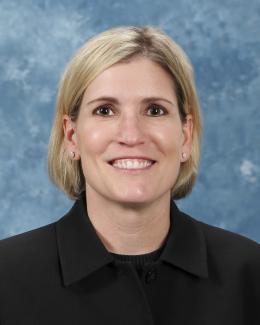Abstract
There is a growing interest in reducing the amount of vehicle miles traveled (VMT), both in public and private sector organizations, in an effort to reduce overall carbon emissions. The Oak Ridge National Laboratory (ORNL), located in Oak Ridge, Tennessee, and located within close proximity to Knoxville, Tennessee, has more than 4,500 employees, most of which live in and around Knoxville. ORNL is currently developing a pilot commuting program for all employees, which incorporates the use of park-and-ride facilities. This study outlines the methodology behind the preliminary geoanalysis and routing used in developing a lab-wide commuting program. Due to privacy concerns, the data used for the study included numbers of employee residences per zip code rather than actual residential addresses. Commuting configurations by clustered zip code area and vehicle type were developed based on number of residences in a limited area, and the desire to minimize VMT. Central locations were selected using ArcGIS software. Satellite imagery was used to locate actual, suitable parking facilities to accommodate the specified number of residents involved in each commuting configuration. Optimized routing, and estimations of travel times, were performed using TransCAD GIS software. Energy estimates in kilowatt-hours (kwh) and gallons of gasoline, and gallons of gasoline equivalent, were all determined based on the scenarios. Standard petroleum-fueled vehicles were used in the initial estimates. Standard electric vehicles were also used in alternative scenarios to estimate potential additional energy and fuel savings. The initial findings from this work will be used to develop a pilot program for ORNL.




